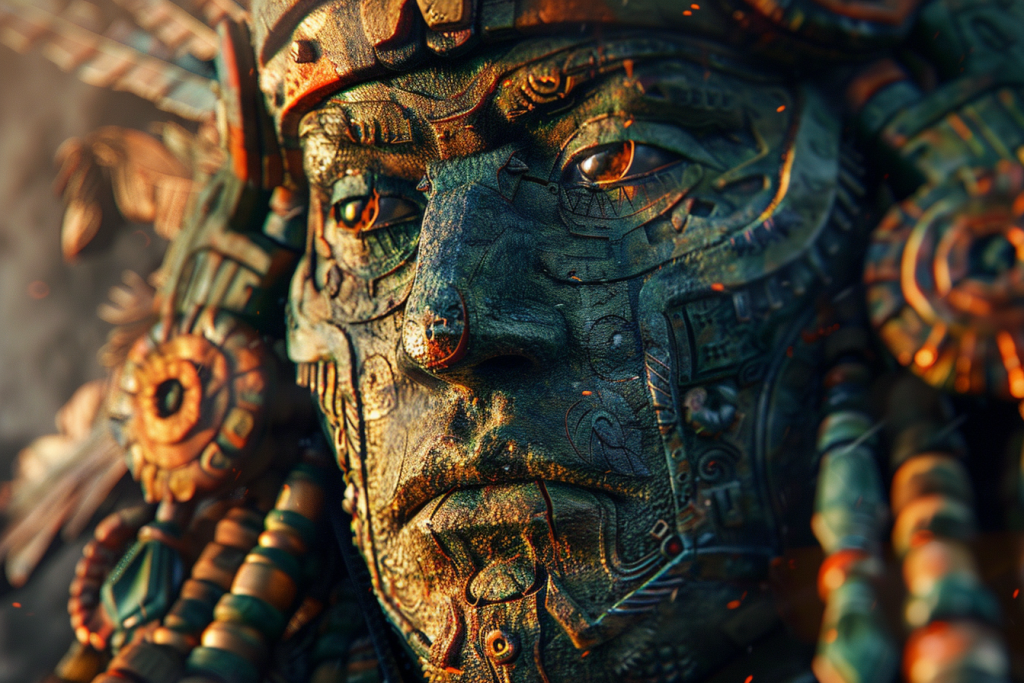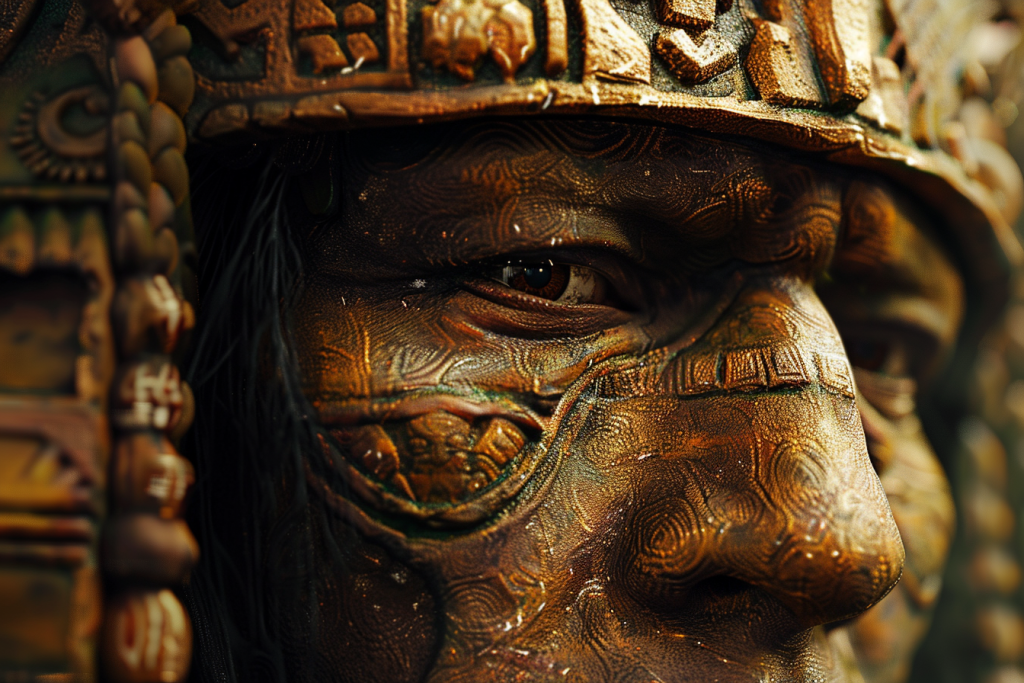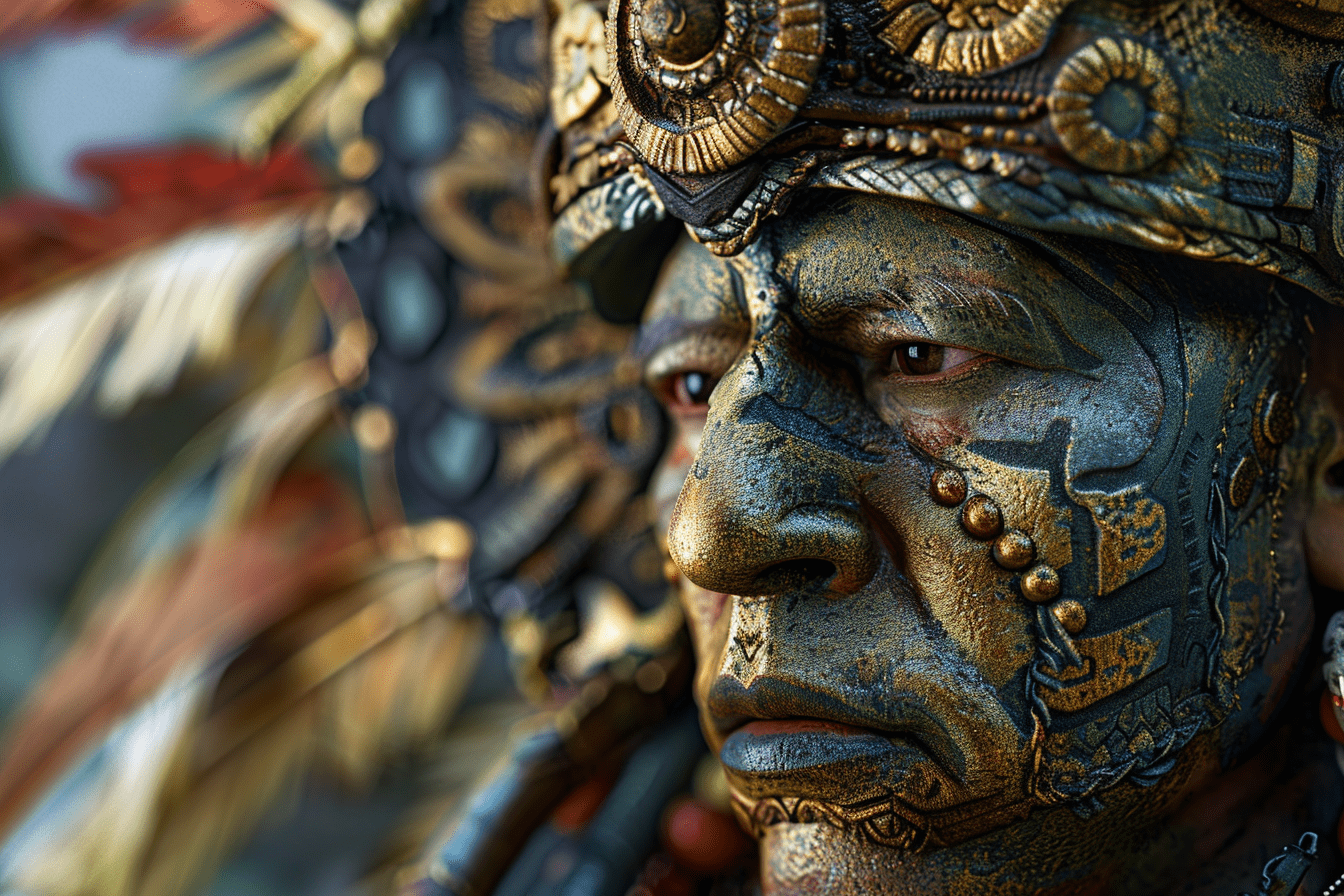Introduction to Viracocha
Viracocha stands as a paramount figure in the pantheon of Inca mythology, revered as the supreme creator god. His influence spans the creation of the cosmos, the earth, and all living beings, marking him as a central deity in the Inca religious system. This deity’s narrative not only offers insight into the cosmological views of the Inca civilization but also reflects the broader Andean cultural traditions.
Get your dose of History via Email
Etymology and Iconography
The name “Viracocha” is derived from the Quechua words “wira,” meaning fat, and “qocha,” meaning lake, sea, or reservoir. This nomenclature is often interpreted to symbolize the god’s association with the sea and creation, as water is a vital element in Andean cosmology for life and sustenance. In iconography, Viracocha is frequently depicted as an old man with a staff in each hand, wearing a long robe. This imagery underscores his role as a wanderer and a teacher, guiding the ancient people of the Andes.

Mythological Accounts and Roles
Viracocha’s mythological narrative is rich and varied, with several accounts detailing his acts of creation and intervention in the world. According to one prominent legend, Viracocha emerged from the waters of Lake Titicaca, bringing forth the sun, moon, stars, and all life forms. After creating the world, he fashioned the first humans from stone, imbuing them with life and dispersing them across the earth.
In another account, Viracocha is said to have walked across the Andes, teaching humanity the arts of civilization, such as agriculture, craftsmanship, and law. His journey across the land is a testament to his role as a civilizing force, bringing knowledge and order to the early human societies of the Andes.
Viracocha’s Legacy and Worship
The worship of Viracocha was a central aspect of Inca religion, reflecting his status as the creator of all things. His cult was particularly prominent in the city of Cusco, the capital of the Inca Empire, where he was honored with temples and rituals. The most significant temple dedicated to Viracocha was the Qurikancha, or the “Golden Enclosure,” which was adorned with gold to reflect the god’s celestial brilliance.

Viracocha’s legacy extends beyond the realm of mythology, influencing the cultural and religious practices of the Andean people. His teachings and moral codes are embedded in the social fabric of the Inca civilization, guiding the ethical and spiritual conduct of its people.
Conclusion
Viracocha’s enduring presence in Inca mythology underscores his significance as the creator god, embodying the principles of creation, knowledge, and order. His narratives not only provide a window into the cosmological beliefs of the Inca but also highlight the interconnectedness of religion, culture, and society in the ancient Andean world. As a figure of immense power and wisdom, Viracocha remains a symbol of the creative and civilizing forces that shaped the Andean civilization, leaving a lasting legacy that continues to fascinate scholars and enthusiasts of ancient cultures.

